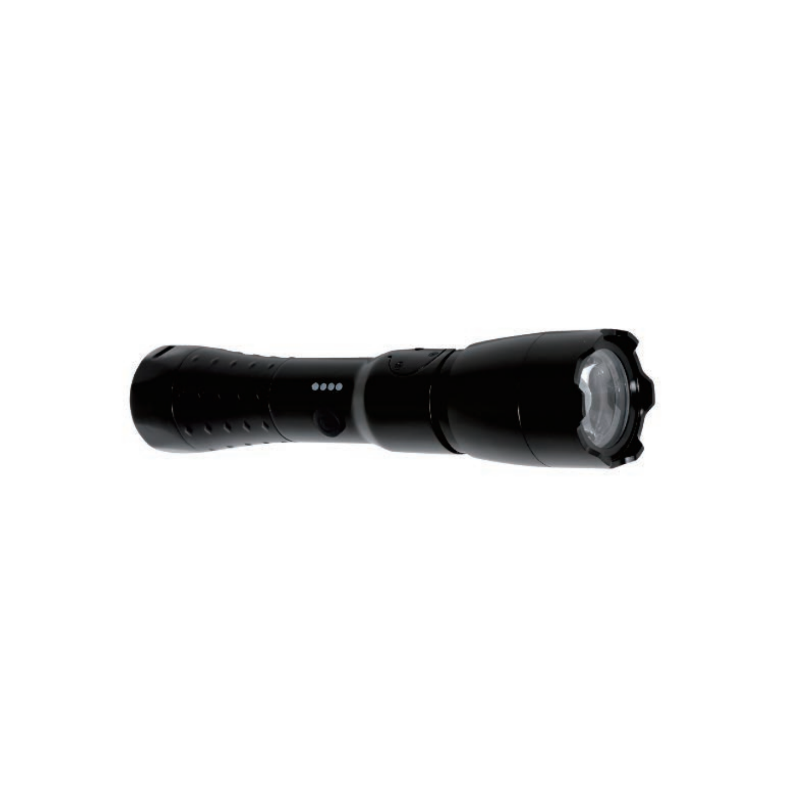By examining the roles of well-known ship lighting market participants in the industry, While emphasizing the key driving factors of the marine lighting market, also conducted a comprehensive study of the future trends and development of the market.

In 2018, the global marine light market was valued at US$1.611.96 billion and is expected to reach US$30.83773 billion by 2027, with a compound annual growth rate of 7.7% during the forecast period. The governments of all countries in the world have clear lighting requirements for ships of all sizes and the operation of ships. For example, the “U.S. Coast Guard Rules of Navigation” stipulates the lighting requirements for each type of vessel. In addition, the Australian government has different specifications for navigation lights used in the marine industry. Since the regulations on the use of navigation lights and safety lights are specific, it is expected that shipbuilders will require the use of various marine lights, signal lights, fluorescent lights, ceiling lights, and search lights with appropriately defined specifications.
The global marine lighting market has been segmented by type, technology, application, end user and geographic location. According to the type, the marine lighting market is divided into two categories: functional and decorative. Based on technology, the marine lighting market can be divided into LEDs, halogen lamps, fluorescent lamps and xenon. With the advancement of lighting technology, the marine industry has witnessed a paradigm shift in lighting, from fluorescent lamps and incandescent lamps to halogen lamps, xenon lamps and LED marine lamps. In the current situation, due to the many advantages of LED lighting, LED marine lights are the most widely used lighting technology. LED has a long service life and will not damage the quality of light over time. Moreover, LED lights consume low power, maintain low temperatures and produce cleaner output.
The marine industry has a huge demand for passenger, commercial and other types of marine vessels. As a result, major commercial cargo shipping companies, passenger shipping companies and the Navy are procuring new technologies to modernize existing maritime vessels. The modernization of existing commercial and naval fleets is a major trend in the marine industry. Ship modernization includes modernization of mechanical and electrical (HM&E) equipment, basic hull and development of combat systems (sea sweeping lights). Moreover, shipowners are focusing on improving efficiency and reducing the overall operating costs of ships. Commercial end users will focus on improving the ship environment to attract more customers and provide a better experience.
The marine lighting market is undergoing an evolution from traditional lighting technology to LED lighting solutions based on user needs, which places high demands on LED marine lighting solutions. All of the above trends and the shift of the market to efficient solutions are increasing the demand for LED marine lighting solutions. Therefore, the growing demand for efficient lighting solutions has created abundant business opportunities for companies operating in the marine lighting market to win a strong customer base and gain a higher market share by providing efficient LED marine lighting solutions.





